SIAM Journal on Applied Mathematics, Volume 84, Issue 3, Page S17-S42, June 2024.
Abstract. Cell-cell adhesion is one the most fundamental mechanisms regulating collective cell migration during tissue development, homeostasis, and repair, allowing cell populations to self-organize and eventually form and maintain complex tissue shapes. Cells interact with each other via the formation of protrusions or filopodia and they adhere to other cells through binding of cell surface proteins. The resulting adhesive forces are then related to cell size and shape and, often, continuum models represent them by nonlocal attractive interactions. In this paper, we present a new continuum model of cell-cell adhesion which can be derived from a general nonlocal model in the limit of short-range interactions. This new model is local, resembling a system of thin-film type equations, with the various model parameters playing the role of surface tensions between different cell populations. Numerical simulations in one and two dimensions reveal that the local model maintains the diversity of cell sorting patterns observed both in experiments and in previously used nonlocal models. In addition, it also has the advantage of having explicit stationary solutions, which provides a direct link between the model parameters and the differential adhesion hypothesis.
Source link
October 23, 2024


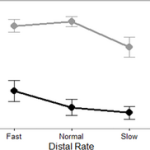
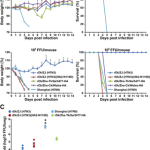
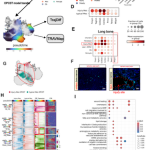
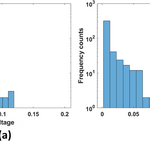

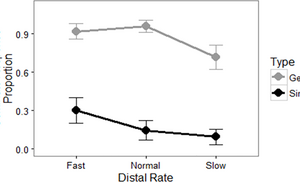
Add Comment